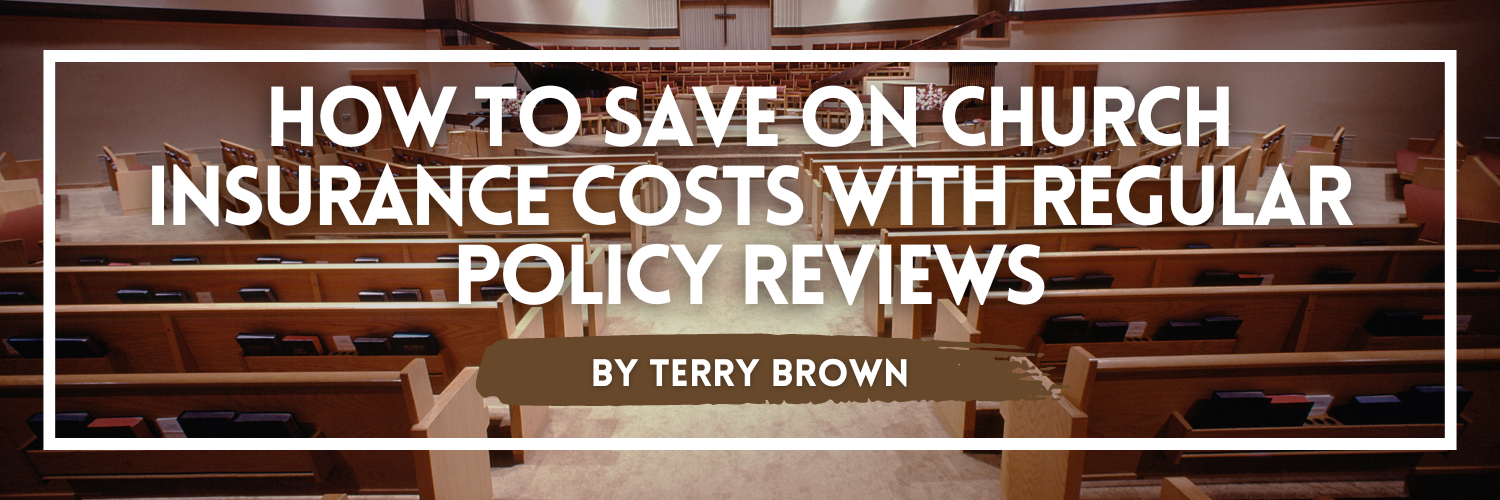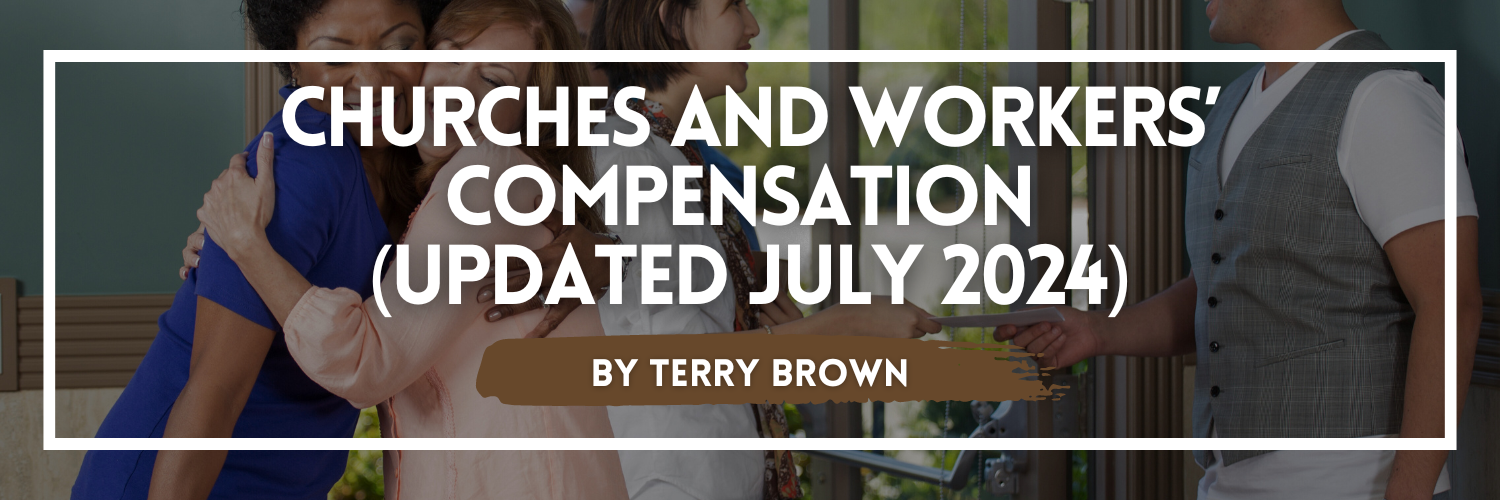Regular policy reviews are essential for managing church insurance costs effectively. They ensure that your coverage adapts to changing needs, identifies cost-saving opportunities, ensures compliance with regulations, and maintains optimal coverage.
KEY POINTS
- Adapt your insurance coverage to meet the changing needs of your church.
- Identify cost-saving opportunities through regular policy reviews.
- Ensure compliance with changing regulations to avoid fines and coverage gaps.
- Maintain optimal insurance coverage to prevent under-insurance and over-insurance.
- Schedule annual reviews and involve key personnel for comprehensive coverage management.
Here’s a detailed guide to making your policy reviews as beneficial as possible:
Adapt to Changing Needs
As your church grows or changes, so do its insurance needs. Regular reviews ensure your coverage remains adequate and relevant.
Expansion and Additions
When your church expands or adds new facilities, it’s crucial to update your insurance policy to cover these changes adequately.
New Buildings and Facilities: Ensure newly added buildings or facilities are covered. For example, adding a new fellowship hall or office space requires updating your property coverage to include these new structures.
- Adding a new fellowship hall requires updating your property coverage to include the new structure.
- Constructing an additional office space for administrative staff necessitates increased property coverage.
- Building a new gymnasium for youth activities may need enhanced liability coverage for sports-related injuries.
New Programs and Services: If your church starts new programs, such as a daycare or community outreach initiative, you need to update your policy to cover the associated risks. For instance, starting a youth outreach program might increase liability risks, necessitating higher coverage limits.
- Starting a daycare program means adding coverage for childcare-related liabilities.
- Launching a food pantry requires coverage for volunteers and food distribution.
- Offering counseling services necessitates professional liability coverage to protect against potential claims.
Large Events
Hosting large community events or gatherings increases the potential for liability claims, so it’s important to adjust your coverage accordingly.
Community Events and Gatherings: Ensure your liability coverage limits are sufficient for large events. For example, hosting an annual church fair or a large concert may require increasing your liability limits to cover the potential for more significant incidents or accidents.
- Hosting an annual church fair may require increasing your general liability limits.
- Organizing a large concert or performance might need additional event-specific insurance.
- Planning a community festival with multiple activities could necessitate higher liability coverage to cover the diverse risks.
Identify Cost-Saving Opportunities
Policy reviews can reveal opportunities for savings, such as new discounts or eliminating redundant coverage.
Discover Discounts
Regularly reviewing your insurance policy can uncover potential premium credits that you might not be aware of.
Safety Upgrades: Installing updated safety features like fire suppression systems, security cameras, and improved lighting may qualify your church for premium credits. For instance, insurers often provide premium reductions for buildings equipped with modern fire detection and suppression systems.
- Adding fire suppression systems in kitchens and high-risk areas can help obtain premium credits.
- Installing security cameras around the premises can lower the risk of theft and vandalism, leading to premium credits.
- Upgrading to energy-efficient lighting and electrical systems may qualify for green building discounts.
Regular Maintenance: Demonstrating ongoing maintenance and proactive risk management can lead to lower premiums. Examples include regular HVAC and electrical system inspections, which show your commitment to minimizing risks.
- Scheduling regular HVAC inspections to ensure systems are functioning properly.
- Conducting annual electrical system checks to prevent fire hazards.
- Regularly inspecting and maintaining roofs to avoid water damage and leaks.
Eliminate Redundancies
Eliminating redundant coverage can lead to significant savings.
Unused Equipment and Buildings: Remove coverage for items no longer in use. For example, if your church has retired old audio-visual equipment or closed off certain buildings, ensure these are no longer covered in your policy.
- Retiring old audio-visual equipment and ensuring it’s no longer covered.
- Closing off unused buildings and removing them from your property coverage.
- Selling old church vehicles and updating your policy to reflect the changes.
Overlapping Policies: Identify and eliminate overlapping insurance policies. If you have separate liability policies for similar risks, consolidating them can reduce costs without compromising coverage.
- Consolidating separate liability policies for similar risks into one comprehensive policy.
- Combining property and liability insurance for a more streamlined approach.
- Merging multiple equipment coverages into a single policy for all assets.
Ensure Compliance with Regulations
Keeping your insurance policy up-to-date ensures compliance with changing legal requirements, avoiding fines or coverage gaps.
Local Building Codes
Changes in local building codes may necessitate adjustments to your insurance coverage.
Code Compliance: Adjust coverage to meet new local building codes. For example, new fire safety regulations might require the installation of additional sprinkler systems or other safety features.
- New fire safety regulations might require installing additional sprinkler systems.
- Updated electrical codes may necessitate rewiring and adding new circuit breakers.
- Accessibility improvements, such as ramps and accessible bathrooms, might be required for compliance.
Regular Inspections: Schedule inspections to ensure compliance with new codes. Annual fire marshal inspections, for instance, can verify that your church meets all necessary safety standards.
- Annual fire marshal inspections to verify fire safety measures are up-to-date.
- Electrical inspections to ensure wiring and systems comply with the latest codes.
- Structural inspections to confirm buildings meet updated earthquake or wind resistance standards.
Child Protection and Workplace Safety
New regulations regarding child protection and workplace safety must be reflected in your insurance policy.
Legal Requirements: Ensure your policy covers new legal requirements. For example, updated child protection laws might require background checks for all staff and volunteers working with children.
- Updated child protection laws might require background checks for all staff and volunteers working with children.
- New workplace safety standards may require training and certification for handling hazardous materials.
- Health regulations might necessitate regular health and safety audits.
Safety Protocols: Implement and ensure compliance with safety protocols. Workplace safety standards, such as those for handling hazardous materials or ensuring safe building conditions, need to be covered in your policy.
- Establishing a comprehensive child protection policy and training all staff.
- Developing emergency evacuation plans and conducting regular drills.
- Ensuring proper signage and safety equipment are available and maintained.
Maintain Optimal Coverage
Regular updates prevent both under-insurance and over-insurance, ensuring you have the right protection without paying for unnecessary coverage.
Adjust Liability Limits
Conduct regular risk assessments to adjust liability limits as needed.
Risk Assessments: Regularly assess your church’s activities and potential risks. For instance, if your congregation size has grown significantly, you might need to increase your liability limits to provide adequate coverage.
- If your congregation size has grown significantly, you might need to increase your liability limits to provide adequate coverage.
- New programs, such as a youth sports league, may require higher liability coverage.
- Increased community involvement activities could necessitate adjusting liability limits.
Coverage Adjustments: Ensure your liability coverage matches current risks. This might include adding coverage for new types of church activities, such as mission trips or community outreach programs.
- Adding coverage for new types of church activities, such as mission trips or community outreach programs.
- Updating policies to cover off-site events or activities.
- Enhancing coverage for online services or virtual events.
Reflect Current Property Values
Updating your coverage to reflect current property values and replacement costs prevents under-insurance.
Property Valuations: Regularly update your insurance to reflect the current value of your property.
- If property values in your area have increased, adjust your coverage accordingly to ensure adequate protection.
- Reassessing the value of newly renovated or expanded facilities.
- Including the cost of recent equipment purchases or upgrades.
Replacement Costs: Ensure your coverage matches current replacement costs. The cost to rebuild or repair church buildings may have increased, so your policy should reflect these potential expenses.
- Accounting for inflation and increased construction costs in your coverage limits.
- Updating coverage to include new materials or building techniques that might be more expensive.
Additional Tips for Effective Policy Reviews
- Schedule Annual Reviews: Set a reminder to review your insurance policy annually. Regular reviews help keep your coverage relevant and cost-effective.
- Involve Key Personnel: Include church leaders and administrators in the review process. Their input ensures that all aspects of the church’s operations are considered.
- Consult with Your Insurance Agent: Work closely with an insurance agent who understands the nuances of church culture and can tailor your policy to meet your specific needs.
Conclusion
By implementing these strategies, your church can effectively manage insurance costs while maintaining comprehensive coverage. Regular policy reviews not only help in adapting to changing needs and ensuring compliance with regulations but also identify cost-saving opportunities and maintain optimal coverage.
For personalized advice and to explore tailored insurance options for your church, contact me, Terry Brown, for a free church insurance quote. Click the link below to get started and ensure your ministry is financially healthy and well-protected.
[Get a Free Church Insurance Quote from Terry Brown]
Frequently Asked Questions
Q: Why is it important to regularly review our church’s insurance policy?
A: Regular reviews ensure your coverage adapts to the changing needs of your church, identifies cost-saving opportunities, ensures compliance with regulations, and maintains optimal protection without overpaying.
Q: How can our church save money by conducting regular policy reviews?
A: Policy reviews can uncover potential discounts for safety upgrades, eliminate redundant coverage for unused equipment, and adjust liability limits to match current risks, all of which can lead to significant savings.
Q: What should we consider when updating our insurance policy to reflect new activities?
A: When starting new programs or hosting large events, ensure your policy covers the associated risks. For example, adding a youth outreach program might require additional liability coverage, while hosting large events might necessitate higher liability limits.
Q: How do regular policy reviews help with regulatory compliance?
A: Keeping your policy up-to-date ensures compliance with new legal requirements, such as changes in local building codes or updated child protection laws. This helps avoid fines and coverage gaps.
Q: What steps can we take to ensure our insurance coverage is neither too much nor too little?
A: Conduct regular risk assessments to adjust liability limits based on current activities and risks. Update your coverage to reflect current property values and replacement costs to ensure adequate protection without overpaying. Work closely with an insurance agent who understands the nuances of church culture and can tailor your policy to meet your specific needs.
Q: How often should we conduct a risk assessment for our church?
A: It’s advisable to conduct a risk assessment annually or whenever there are significant changes to your property or activities. Regular assessments help ensure that your insurance coverage is up-to-date and relevant.
Q: Can involving key personnel in policy reviews make a difference?
A: Yes, involving church leaders and administrators ensures all aspects of the church’s operations are considered. Their input can help identify specific needs and risks that might otherwise be overlooked.




